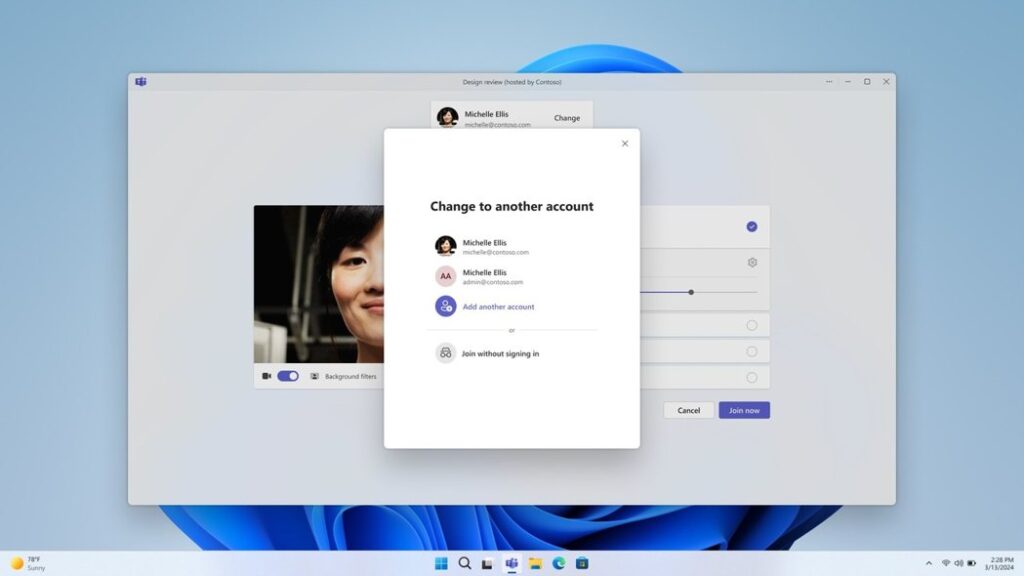
Wireless networks are the backbone of modern connectivity, but setting them up can sometimes be frustrating, especially for users without a technical background. The good news is that WPS (Wi-Fi Protected Setup) was developed to streamline this process. With WPS, devices can join a wireless network securely and quickly—without needing to enter long passwords. In this guide, we’ll walk you through everything you need to know about WPS, including how to download WPS tools (wps下载) and use them to simplify your network setup.
What is WPS and Why It Matters
WPS is a network security standard designed to allow users to easily connect devices to a secure wireless network. Instead of typing complicated passphrases, WPS offers methods like pushing a button or entering a short PIN to get a device connected.
This is particularly useful in homes and small businesses where users may not have technical expertise. With a few simple steps, new devices can join a secure Wi-Fi network, improving accessibility and reducing errors caused by incorrect passwords.
Key Benefits of Using WPS
- Faster Setup: Connect your device in seconds without typing a password.
- Increased Security: Use secure encryption like WPA2 while keeping the process user-friendly.
- Reduced Technical Barriers: Ideal for beginners or non-technical users.
- Works with Many Devices: Compatible with smart TVs, smartphones, printers, and other Wi-Fi-enabled gadgets.
Methods of Using WPS
There are several ways to initiate a WPS connection, and the method used depends on your device and router.
Push Button Configuration (PBC)
This is the most common and user-friendly method. All you need to do is press the WPS button on your router and then activate WPS on your device.
Steps:
- Press the WPS button on your router.
- Within two minutes, enable WPS on your device (e.g., phone or printer).
- The device will automatically connect to the network without needing the password.
PIN Entry Method
This method involves using an 8-digit PIN generated either by your router or device.
Steps:
- Get the WPS PIN from your device or router.
- Enter the PIN into the router settings or vice versa.
- The device will securely connect to the network.
NFC and USB Configuration
Less commonly used, but some routers and devices support WPS via NFC tags or USB drives to transfer credentials securely.
How to Download WPS Tools (wps下载)
To maximize the use of WPS, especially on Windows PCs or Android devices, you may need to download relevant tools or apps. Here’s how to find and install them.
For Android Devices
Many Android phones come with built-in WPS support, although newer versions of Android may have deprecated this feature due to security updates. However, you can still use third-party apps.
Steps:
- Open Google Play Store.
- Search for “WPS connect” or “WPS tool.”
- Select a reputable app with high ratings.
- Tap Install to download the app (wps下载).
- Open the app and follow the on-screen instructions to connect via WPS.
For Windows PC
Some network adapter drivers include WPS tools, but you can also download third-party utilities.
Steps:
- Visit the official website of your router brand or trusted software repository.
- Search for “WPS setup utility” or “wireless configuration utility.”
- Download the file (wps下载) and run the installer.
- Follow the installation prompts.
- Use the software to connect devices via WPS.
Is WPS Safe?
This is a common question among users. While WPS is very convenient, it has had some security concerns, especially with the PIN method.
Risks
- The 8-digit PIN is vulnerable to brute-force attacks.
- Once connected, devices remain on the network unless removed manually.
Safety Tips
- Disable WPS when not in use.
- Use the push-button method instead of PIN for better security.
- Regularly update your router firmware.
- Always change the default router admin password.
Troubleshooting Common WPS Issues
If you’re having trouble connecting devices via WPS, consider the following fixes.
Device Not Connecting
- Make sure your router actually supports WPS.
- Check if the WPS function is enabled in the router settings.
- Try restarting both the router and the device.
WPS Button Not Working
- Press and hold the button for 2–3 seconds.
- Ensure no other device is trying to connect simultaneously.
- Update your router firmware if problems persist.
App Issues After Download
If you’ve downloaded a WPS-related app (wps下载) and it crashes or doesn’t work:
- Make sure the app is compatible with your device and OS version.
- Try clearing the app cache or reinstalling.
- Check permissions, such as access to location services (sometimes required for Wi-Fi scans).
When to Use WPS and When Not To
WPS is ideal for simple home or small office setups, especially when dealing with multiple devices that need fast access to the network.
However, in high-security environments—like corporate offices or public networks—it’s better to avoid WPS due to its potential vulnerabilities. Use stronger authentication methods like WPA3 with manual password entry instead.
Alternatives to WPS
If WPS is not available or disabled on your router, here are some other options:
- Manual Configuration: Enter the network SSID and password manually.
- QR Code Scanning: Some routers let you scan a QR code to join the network.
- Near Field Communication (NFC): A few devices support tap-to-connect features.
Final Thoughts
Setting up a wireless network doesn’t need to be complex. With WPS, users can enjoy quick and secure access without diving deep into technical settings. Whether you’re using the push button, PIN method, or mobile apps, WPS simplifies the process and makes home networking much more accessible.






